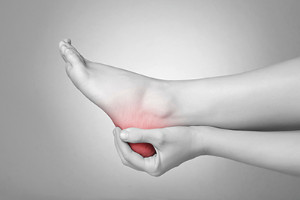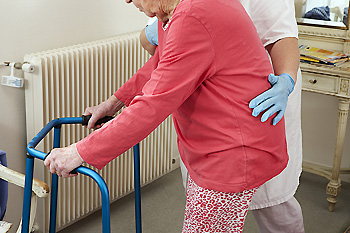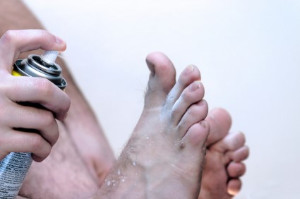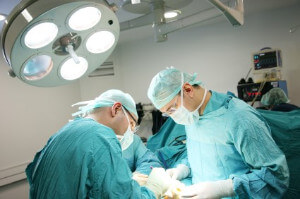 The feet are comprised of numerous bones, tendons, and ligaments, and are considered to be the foundation of the body. It is important to maintain proper foot care, as this can help to prevent different types of foot pain from occurring. The condition that is known as athlete’s foot may cause severe itching between the toes and on the bottom of the feet. It is caused by a fungus that lives in warm and damp environments, and may be avoided if appropriate shoes are worn while in public areas. A large bump that forms on the side of the big toe may be a bunion, and can develop from genetic factors, or from wearing shoes that do not fit correctly. Ingrown toenails often produce pain and discomfort, and may be avoided when the toenails are trimmed properly. If you have any type of foot pain, it is strongly suggested that you consult with a podiatrist who can offer the best course of treatment for you.
The feet are comprised of numerous bones, tendons, and ligaments, and are considered to be the foundation of the body. It is important to maintain proper foot care, as this can help to prevent different types of foot pain from occurring. The condition that is known as athlete’s foot may cause severe itching between the toes and on the bottom of the feet. It is caused by a fungus that lives in warm and damp environments, and may be avoided if appropriate shoes are worn while in public areas. A large bump that forms on the side of the big toe may be a bunion, and can develop from genetic factors, or from wearing shoes that do not fit correctly. Ingrown toenails often produce pain and discomfort, and may be avoided when the toenails are trimmed properly. If you have any type of foot pain, it is strongly suggested that you consult with a podiatrist who can offer the best course of treatment for you.
Foot Pain
Foot pain can be extremely painful and debilitating. If you have a foot pain, consult with the podiatrists from Boston Common Podiatry. Our doctors will assess your condition and provide you with quality foot and ankle treatment.
Causes
Foot pain is a very broad condition that could be caused by one or more ailments. The most common include:
- Bunions
- Hammertoes
- Plantar Fasciitis
- Bone Spurs
- Corns
- Tarsal Tunnel Syndrome
- Ingrown Toenails
- Arthritis (such as Gout, Rheumatoid, and Osteoarthritis)
- Flat Feet
- Injury (from stress fractures, broken toe, foot, ankle, Achilles tendon ruptures, and sprains)
- And more
Diagnosis
To figure out the cause of foot pain, podiatrists utilize several different methods. This can range from simple visual inspections and sensation tests to X-rays and MRI scans. Prior medical history, family medical history, and any recent physical traumatic events will all be taken into consideration for a proper diagnosis.
Treatment
Treatment depends upon the cause of the foot pain. Whether it is resting, staying off the foot, or having surgery; podiatrists have a number of treatment options available for foot pain.
If you have any questions, please feel free to contact our office located in Boston, MA . We offer the newest diagnostic and treatment technologies for all your foot care needs.










